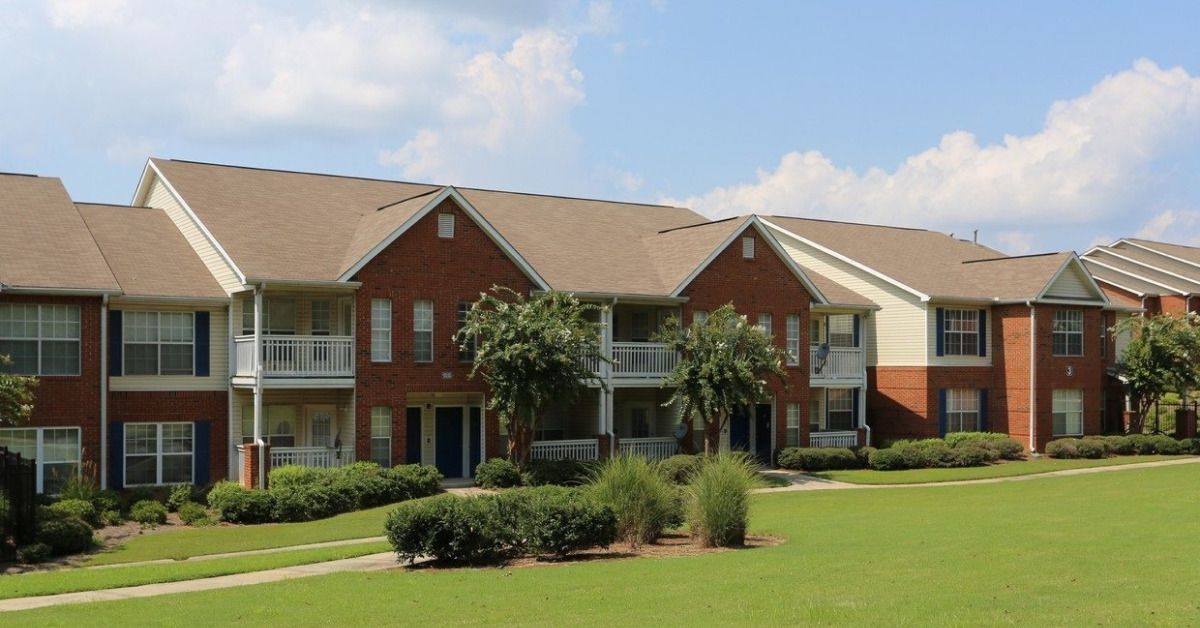As the population of developed nations continues to age, the need for affordable and accessible housing options for the elderly has never been greater. Across the world, seniors are facing the prospect of retirement without the financial means to maintain their standard of living, let alone afford the specialized housing and care they may require. This crisis in affordable elderly housing is one of the defining social challenges of our time.

According to the latest data, the number of people aged 65 and older is projected to more than double globally by 2050, rising from 703 million in 2019 to 1.5 billion. In the United States alone, it's estimated that by 2030 all baby boomers will be older than 65, accounting for over 20% of the total population. The strain this demographic shift will place on housing and care infrastructures is immense.
Too often, seniors with limited incomes are forced to choose between paying for essential expenses like healthcare and utilities, or finding an affordable place to live. Many end up in substandard housing that fails to meet their physical and social needs. Others must rely on overcrowded and underfunded public housing projects, where long waitlists are the norm. This precarious situation robs too many elderly citizens of the dignity and security they deserve in their golden years.
Clearly, bold action is required to address this looming crisis. Governments, nonprofits, and private developers must come together to create innovative housing solutions that cater to the diverse needs and financial capabilities of aging populations. This means expanding the availability of subsidized senior housing, incentivizing the construction of accessible and age-friendly rental units, and exploring alternative cooperative and community-based living models.
Some pioneering initiatives are already showing the way forward. In the Netherlands, the "We Are Here" program is transforming vacant office buildings into vibrant communities for older adults, complete with shared amenities, social programming, and on-site care services. Similarly, the "Golden Girls" movement in the United States encourages seniors to pool resources and live together in group homes, reducing isolation and housing costs.
Other promising approaches focus on integrating elderly housing within broader neighborhood redevelopment efforts. In Canada, the "Aging in Place" strategy aims to retrofit and adapt existing multi-unit buildings to accommodate the needs of aging residents, while also investing in accessible public spaces, transportation, and community services. This holistic vision recognizes that affordable housing for seniors cannot be viewed in isolation, but must be part of a comprehensive plan to build age-friendly cities and towns.
Exactly, addressing the affordable elderly housing crisis will require significant public and private investment. Governments must allocate greater funding for subsidized rental units, home modification programs, and community-based care initiatives. Developers, meanwhile, need incentives and regulatory support to make the construction of senior-friendly housing more financially viable. Philanthropists and impact investors also have a critical role to play in seeding innovative housing models and social enterprises.
Ultimately, ensuring that all elderly citizens have access to safe, comfortable, and affordable places to live is not just a matter of social justice – it's an economic and moral imperative. When seniors are forced to choose between heating their homes or buying groceries, the human toll is immense. Unaffordable housing contributes to poorer health outcomes, increased social isolation, and a diminished quality of life in the later stages of life.
By making affordable elderly housing a priority, we can create more vibrant, inclusive, and age-friendly communities that allow older adults to thrive. Through a combination of policy reforms, private sector initiatives, and grassroots solutions, we have the power to redefine what retirement can and should look like in the 21st century. The time to act is now, before the crisis spirals beyond our capacity to manage it. The well-being of millions of seniors worldwide depends on our ability to rise to this challenge.











